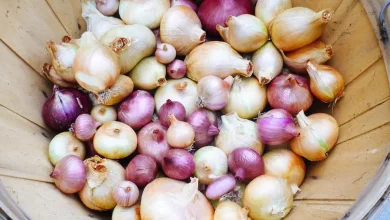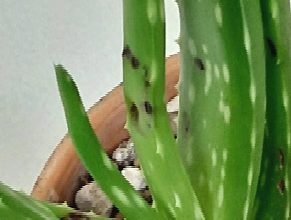Planting Beans in [13 Steps]: Their Cultivation, Their Harvest and More
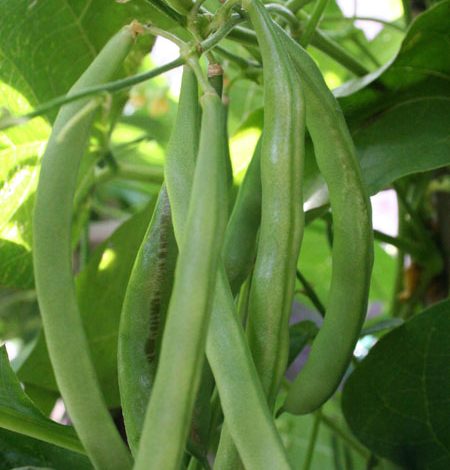
Did you know one thing?
Beans or beans (Phaseolus vulgaris) are one of the best plants you can plant in your garden.
The reason? Several. Look:
- They give off nitrogen as they grow, so they are aexcellent natural fertilizerfor the rest of the crops.
- The amount of proteinthey have per gram is one of the highest among vegetables.
- They will have a brutal flavor thanks to the fact that they are organic and grown by yourself.
Do you need anything else? I do not think so. Now if you read this guide you will learn everything you need to grow beans successfully.
Let’s get to it
Sow Beans (Beans, Beans, Kidney Beans) Step by Step:
- When? It varies depending on the variety, but in temperate zones we can do it in March and April.
- Where? Place where it receives enough sunlight (it is not necessary all day).
- Harvest time? 2-3 months after sowing.
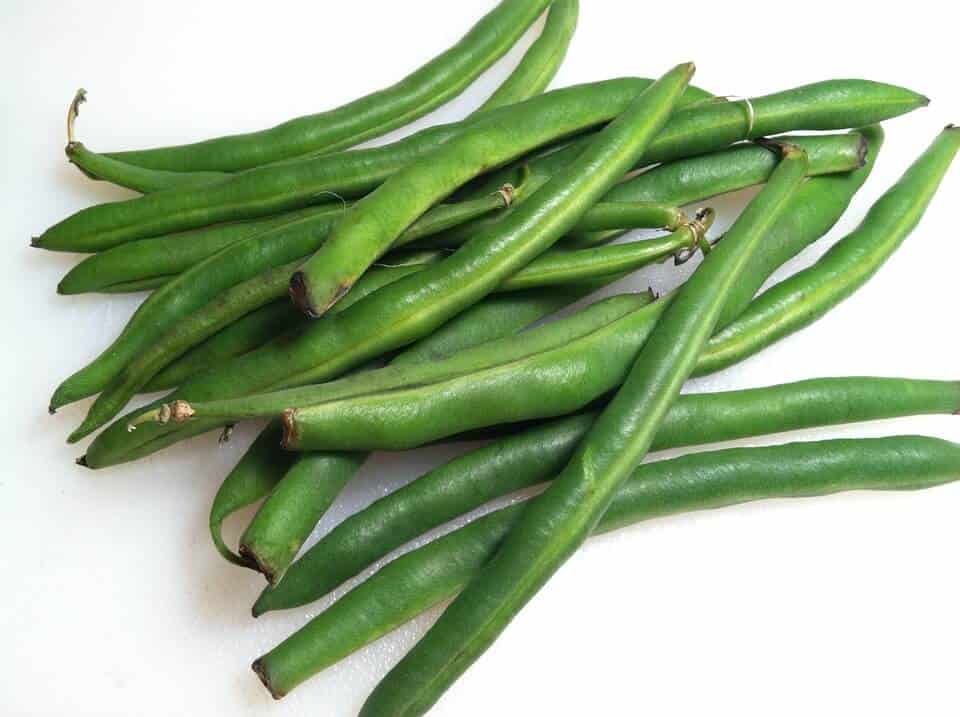
- How do we prepare the land? Plow the land, clean it of weeds and moisten it several times.
- How do we pay? It does not require a lot of fertilizer. In the case ofpoorly fertile land, we will add earthworm humus and highly decomposed manure several months before planting.
- How do we water? Ideal, with drip.
- How often do we water? First stages (when it grows) little watering (every 5-6 days). Water needs are very high shortly before flowering and after it (every 1-2 days).
- How do we sow? Depending on the variety, but make several grooves and holes every 40 cm. Deposit 4-5 seeds in each hole.
- How do we harvest? For the dry bean harvest, you can pick from the bush, one by one, the beans that we see ripe. It is adelicate plant.
- Favorable associations? Pre-Columbian associations, in addition to carrots, cabbages, cucumbers, parsley, potatoes and tomatoes.
- Unfavorable associations? Garlic, fennel, leek or onion.
- Plagues and diseases? aphid, whitefly, red spider,
ANDhe bean is a legume, as are chickpeas, peas, lentils, jicama, peas, peanuts, fava beans, soybeans, and alfalfa.
It is also known by other names, such as: Beans, Beans, Alubias
These plants are valuable not only for their great benefits to human health, but also because they provide nitrogen to the earth, turning it intoa natural fertilizerof the other crops.
They are characterized by being climbing plants and, in addition to being a good source of protein, minerals and fibers. Currently, it is one of the most appreciated and consumed vegetables in the world.
Did you know…Bean plants are heliotropic; that is, they move during the day to stay oriented directly to the sun.
When do we grow the bean? The dates
The planting of beans or beans varies depending on the area. You can check the sowing calendar here.
In temperate zones, it is sown in March, while in areas where colder climates prevail, it should be waited until the beginning of May.
Did you know…The word bean is the modern form of the old Spanish word: «frisol».
Where to plant beans?
They do best in warm and temperate climates and do not tolerate transplanting well, so direct sowing is preferable.
When choosing the plot, we will look for them to be exposed to the sun, so that the ground can heat up.
Sowing should be done when the soil temperature is above 10 ºC, beingoptimum soil temperature between 15 and 20 ºC
When the temperature is less than 15 ºC, the vegetation is not very vigorous and the fruits remain in the shape of a crochet.
Above 30 ºC deformations appear in the pods and flower abortion occurs.
In terms of light, it is a short – day plant.
However, the luminosity determines photosynthesis, as long as the relative humidity is adequate, it supports greater exposure to light and heat.
In windy areas it is advisable to protect them, as they are fragile plants and do not support the direct impact of strong winds.
How do we prepare the land? Moisture and risks
They require soils that do not dry out, since they do not tolerate a lack of humidity. In that sense,It is very demanding in regard to the frequency and volume of irrigation.
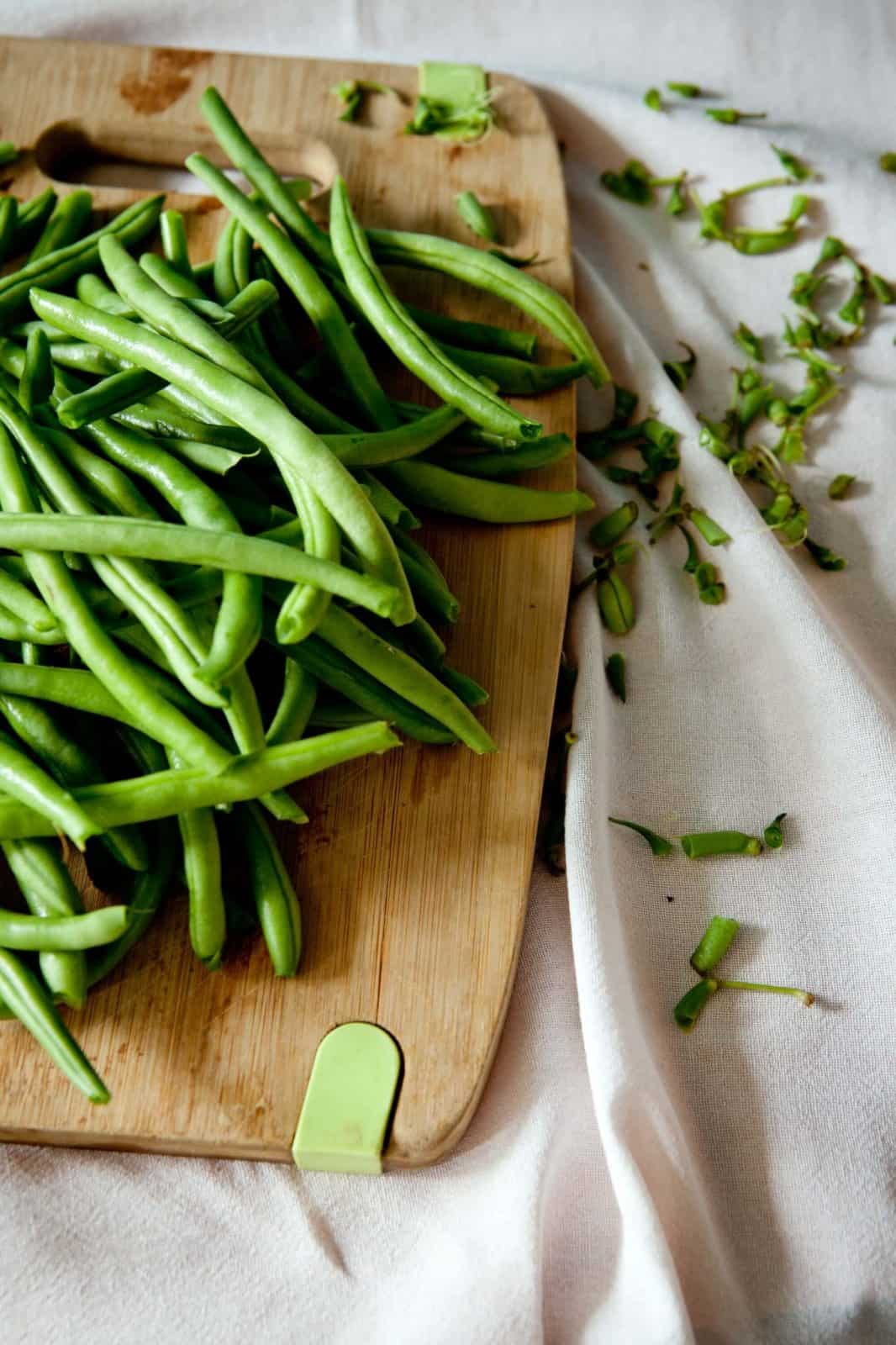 The optimal relative humidity during the first phase of cultivation is 60%, and later it ranges between 65% and 75%.
The optimal relative humidity during the first phase of cultivation is 60%, and later it ranges between 65% and 75%.
Two to four days before sowing beans, it is advisable to irrigate to facilitate planting and seed germination.
After sowing, we will only water until the first shoots appear.
In the first stages of development, it is convenient to keep the soil with little humidity, however, the water needs are very high shortly before and after flowering.
lWhen irrigating, the most important thing is to avoid waterlogging.An excess of water can cause chlorosis and loss of harvest.
Use drip irrigation to add water little by little throughout the day and night, in moderate amounts. To prevent fungus from forming, it is best to aim the water at the soil and not at the leaves.
An unbalanced irrigation will decrease the quality of the fruits.
Did you know…To reduce the production of gases caused by the consumption of beans, it is recommended to soak them in plenty of water overnight, before cooking them.
Of course, we must get rid of the water in which we soak them, since all the indigestible sugars that cause flatulence are dissolved in it.
What do beans need to grow well? Substrate and nutrients
Although beans tolerate a wide range of soils, the most suitable are light soils, with a siliceous-silty texture, with good drainage and rich in humus, but without traces of fresh organic matter.
In very clayey or too saline soils, it develops poorly, while in limestone soils the plants have thick, stringy fruits.
The optimal pH ranges between 6 and 7.5although in sandy soil and with localized irrigation it develops well with values of up to 8.0
In terms of nutrients, the bean does not require fertilization, since the plant is capable of fixing atmospheric nitrogen in the soil.
If the soil is very poor, highly decomposed organic fertilizer can be spread one month before planting.
The soil does not need to be excessively deep, but it does need to be well drained. To achieve this, sawdust or small stones can be added to the substrate to facilitate drainage.
Another good idea to make it easier for water to drain properly is to mulch with mulch or comfrey leaves.
Did you know…The Aztecs called it etl, the Mayans búul, the Incas purutu, the Cumanagotos of Venezuela knew it as caraotas and the Chibchas of Colombia as histe.
Currently, depending on the country or region, the bean is known as a bean, poroto, bean, and alubia.
How to Plant Beans [13 Steps]
- It cleans the land, extracting weeds and remains of previous crops.
- Moisten the soil days before sowing.
- Put the seeds in the soil: For dwarf varieties, furrows are usually drawn with a distance of half a meter between them. Holes 40 cm apart are dug in each furrow.
- Between 4 and 5 seeds are deposited in each hole. For vine varieties, furrows are drawn with a minimum distance of 75 cm between them to allow adequate ventilation.
- Holes 60 cm apart are dug in each furrow. Between 4 and 5 seeds are deposited in each hole.
- Lay down organic mulch to control weeds and keep the soil aerated and moist.
- Select the healthiest and strongest seedlings. The seeds will germinate between 7 and 20 days.
- If more than one seed has germinated in each hole, keep the strongest one. To do this, do not pull the weak one, as you can damage the leaves. A simple pruning at ground level is sufficient.
- Protect your plants.Use netting to protect your plants from pests and potential predators, especially rabbits and squirrels. Protection is important mainly in windy areas.
- Prepare a trellis or structure to support the plant. Although the dwarf varieties do not require stakes, the vine varieties do, so we will place 2.5m stakes so that they go up through them.
- The most usual structure to place the stakes is the pyramidal one; for this we will join the canes of two lines, tilting them and tying them in the center.
- You can place the stake when the plants reach approximately 10cm.
- Defoliate your plants regularly. This practice improves the quality and quantity of production and reduces the risk of diseases, since it promotes adequate ventilation.

The harvest and collection of the bean
occurs fromtwo to three months after sowingalthough if we want to obtain dry beans, we must wait until four months.
Harvesting is done manually, when the pods are already formed, but without leaving them in the bush for a long time, as they acquire a fibrous texture.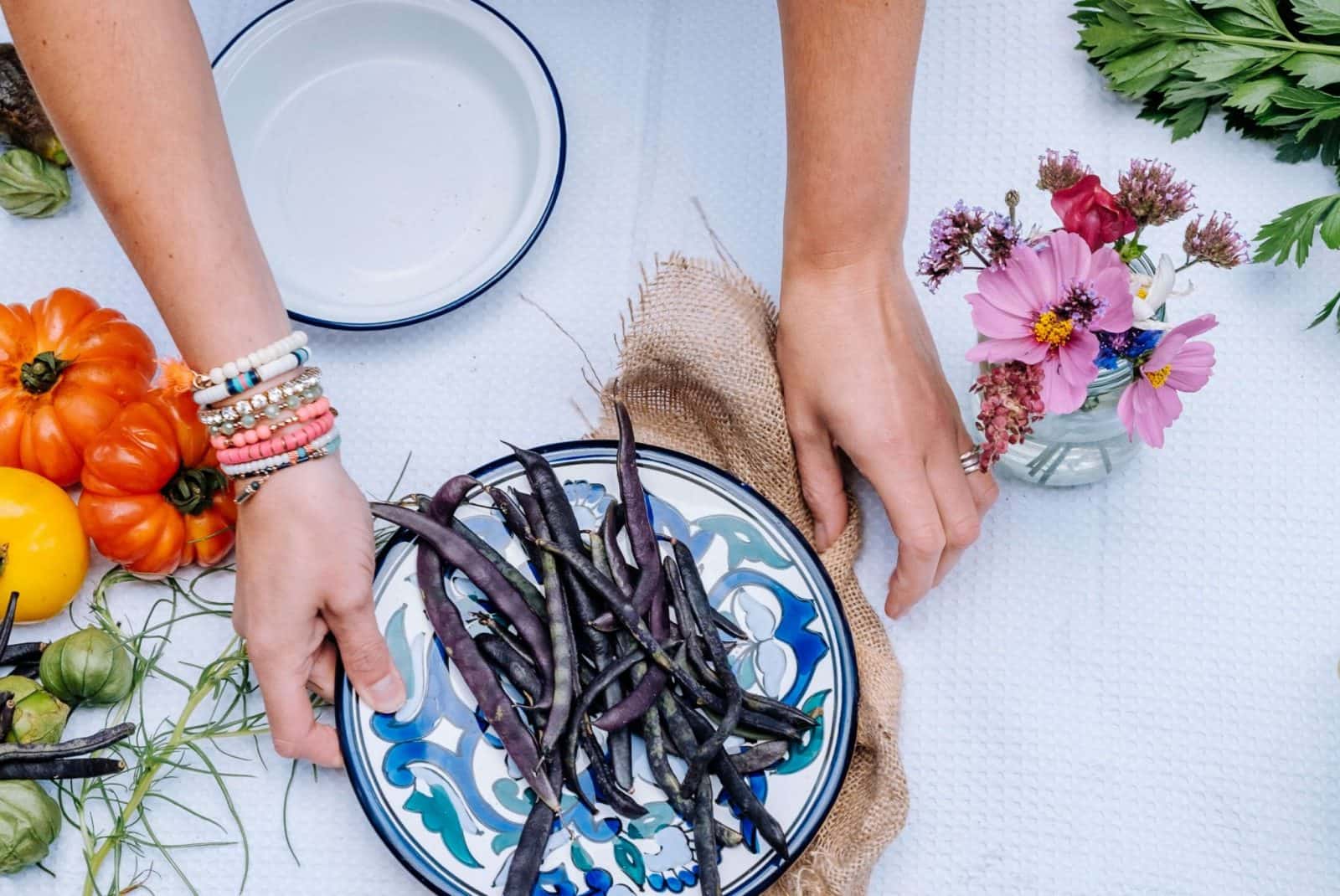
The frequency with which this operation is carried out ranges between 7 and 12 days, depending on the variety.
In dwarf varieties, harvesting can take up to 90 days, while in branch varieties it can take up to 95 days.
As the plant is very delicate, when harvesting we will try not to damage the branches or the pods. To maintain a good production, it is convenient to irrigate copiously after the harvest.
For the dry bean harvest, you can pick from the bush, one by one, the beans that we see ripe.
If you prefer, you can also let all the pods ripen and then pull up the plants, letting them dry in the sun for a week.
favorable associations
There is a type of association, calledpre-columbian association, which consists of planting corn, beans and squash.
When the corn is about a foot long, beans are planted.
In this way, the corn serves as a tutor for the beans and, in return, they provide nitrogen.
The gourds occupy the spaces between the corn plants and also serve to cushion the soil and protect it from the sun in summer. This way we will have a perfect combination.
Beans go well with carrots, cabbage, cucumbers, parsley, potatoes, and tomatoes.
Associations NOT favorable
Although they get along well with most plants, beans should not be planted together with garlic, fennel, leeks or onions.
Did you know…When beans are eaten together with corn, all the amino acids required by the human body are formed.
Common pests and diseases
Beans can face different pests and diseases during their cultivation. The most commons are:
predators
Birds, snails and rodents. To prevent bean crops from being eaten, it is best to protect the plant with protective netting.
aphids
To combat the aphid, the application of nettle slurry is recommended as prevention.
To combat them, potassium or biodegradable soap can be applied to the underside of the plants.
It should be applied very early in the morning or in the afternoon, when the sun no longer shines on the leaves. The soap will help clean the honeydew excreted by the aphid and soften its cuticle.
If the plague persists or is very abundant, after cleaning the leaves with soap, we will apply neem extract, which will act as an insecticide.
Red spider
It can be wetted at night by sprinkling to maintain humidity.
To combat a red spider infestation, an extract of garlic and chili can be applied, although if the plant is very affected, it is best to eliminate it to prevent it from spreading to other plants.
White fly
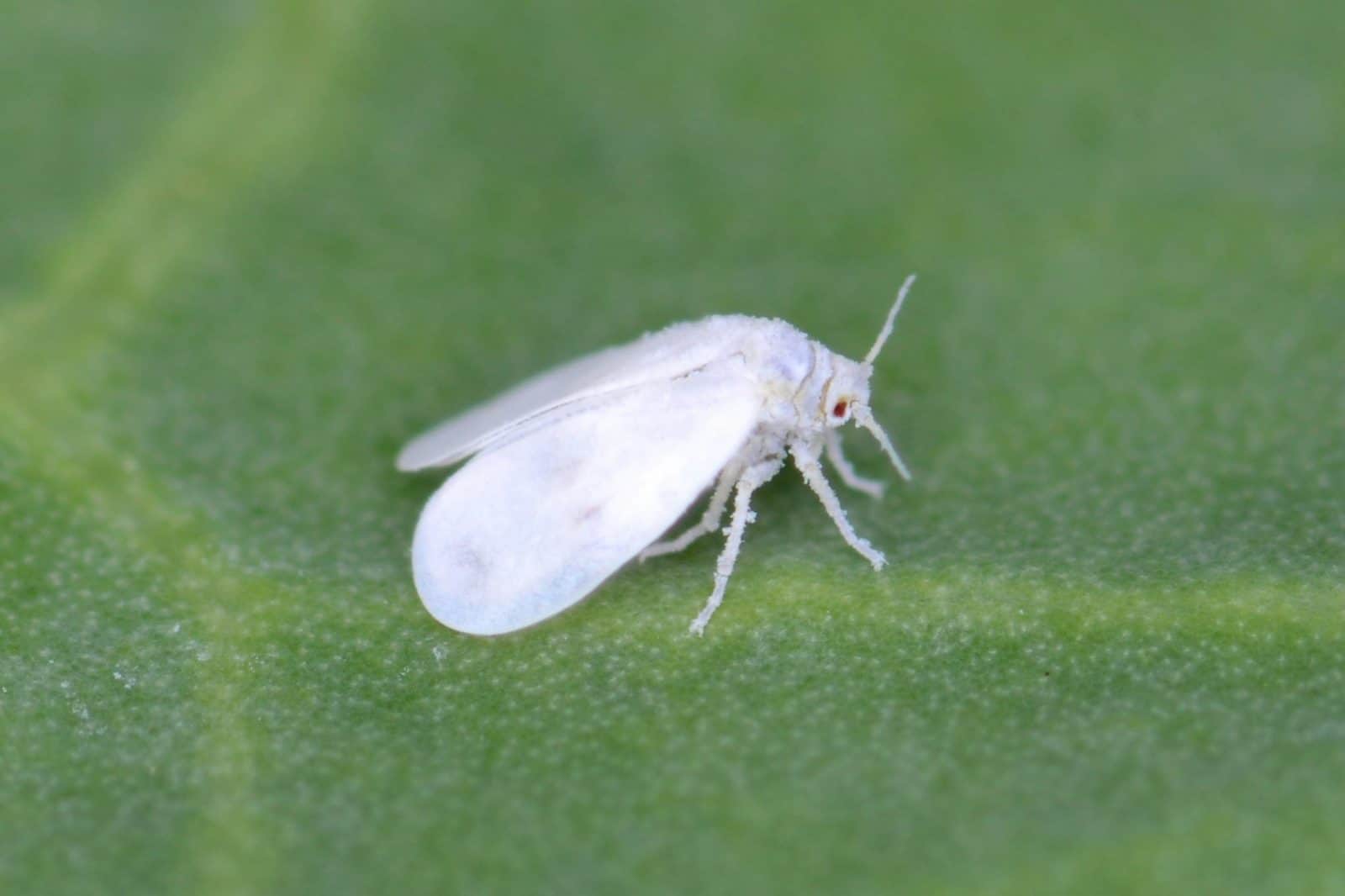 To fight whitefly, spray the underside of the leaves with 1% potassium soap with rainwater or distilled water.
To fight whitefly, spray the underside of the leaves with 1% potassium soap with rainwater or distilled water.
anthracnose
It is a disease that manifests itself by the appearance of dark spots on the leaves and pods if the weather is very wet.
It occurs only in humid areas, without incidence in dry climates.
To prevent it, we will try not to harvest if the weather is very wet. In the event that we grow them in humid areas, we can apply horsetail.
A preventive treatment can also be applied with Bordeaux mixture, a combination of cupric sulfate and hydrated lime. This pathogen also attacks a large number of species of tropical fruit crops.
powdery mildew
It is best to install a drip irrigation system and apply horsetail as prevention.
It also works to eliminate weeds, crop residues and favor the ventilation of the crop.
Types of Bean
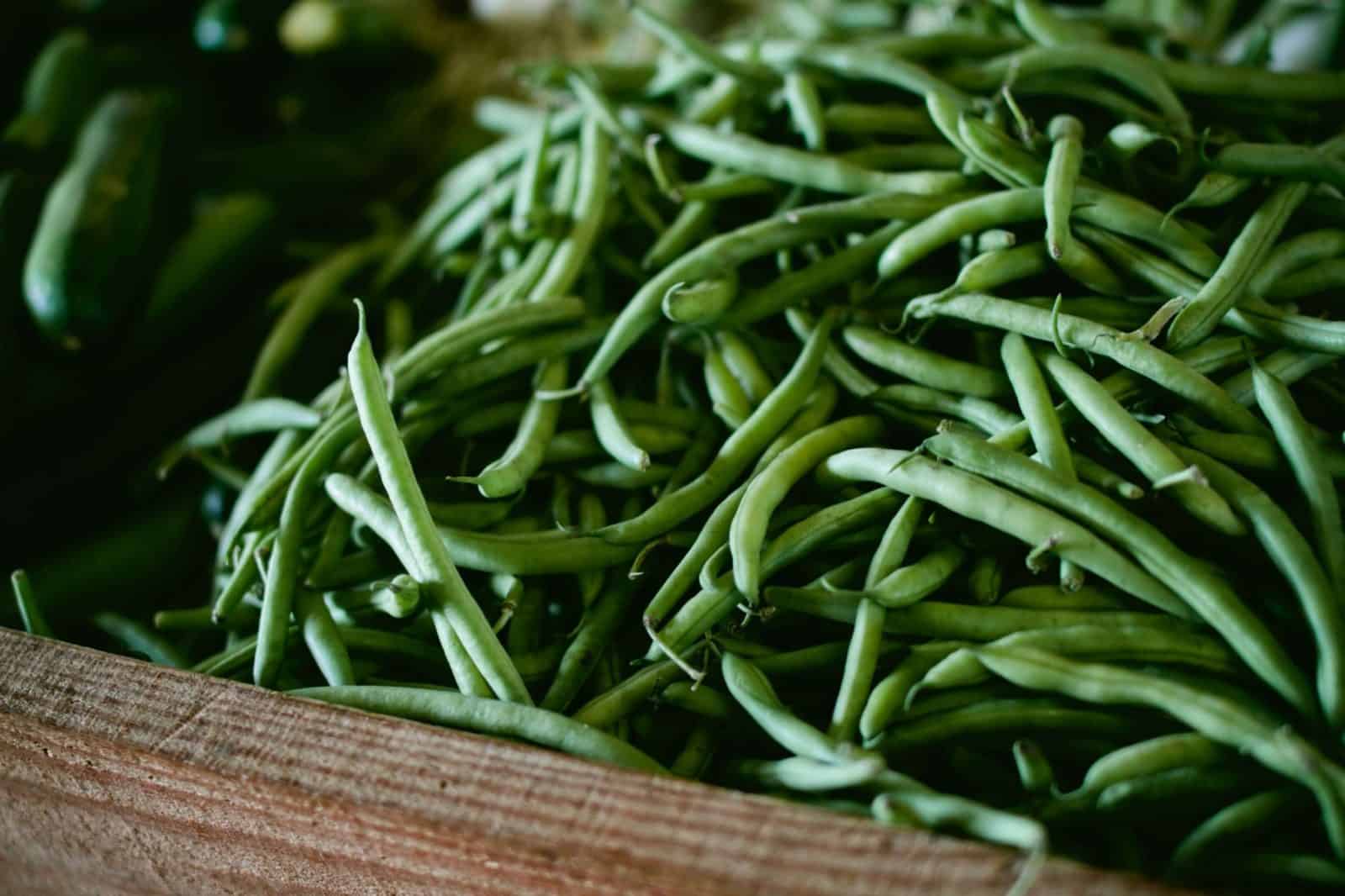 Around the world are known150 species of beans, each of them with a great variety of sizes, colors and ecological requirements for their cultivation.
Around the world are known150 species of beans, each of them with a great variety of sizes, colors and ecological requirements for their cultivation.
Depending on their size, two varieties are distinguished:
- Dwarfs: Plants reach half a meter in height. They tend to be more precocious and less productive than those of enramame. In addition, its vegetative cycle is shorter.
- Tall or perching: they are climbing plants that can reach 3 meters in length. They have stems with tendrils and tend to have a longer cycle and are more productive than dwarfs.
Depending on the shape and size of the pods:
- Sabinal: with thick and flat pods.
- Garrafales: with flattened pods, wider in the center than on the sides.
- Boby: with cylindrical pods and green and thick beans, very fleshy and rounded.
- Blue: rare variety on the market that is characterized by its blue color that disappears when cooked.
- Borlotto: it has a white color, with a red speckling.
- Wax bean: the color of the pod is yellow or white.
Depending on the region, there are also other varieties, some more popular than others.
Thus we have: the sulfur bean, mayocoba bean, Peruvian bean, Flor de Mayo, Flor de Junio, manzano bean, pinto bean, white bean, white bay bean, pronghorn bean, and a long etcetera.
Main benefits of beans
- Beans are one of the plant-based foods thatmore protein they contain.
- In addition to their high protein content, they are an important source of fiber, carbohydrates, iron, folate, and other essential nutrients.
- Bean consumption can reduce the risk of heart disease, as it helps reduce cholesterol and homocysteine levels.
- They are foods with a low glycemic index, that is, they help reduce spikes in blood glucose after eating.
What nutrients does the bean have?
| Energy 333kcal 1390kJ | ||
| carbohydrates | 61.5g | |
|---|---|---|
| Dietary fiber | 4.3g | |
| fats | 1.8g | |
| • saturated | 0.12g | |
| • monounsaturated | 0.06g | |
| • polyunsaturated | 0.18g | |
| protein | 19.2g | |
| Water | 7.9g | |
| Retinol (vit. A) | 1.0μg (0%) | |
| Thiamin (vit. B1) | 0.62mg (48%) | |
| Riboflavin (vit. B 2) | 0.14mg (9%) | |
| Niacin (vit. B3) | 1.7mg (11%) | |
| Vitamin B6 | 0.4mg (31%) | |
| Folic acid (vit. B 9) | 394μg (99%) | |
| Calcium | 228mg (23%) | |
| Magnesium | 140mg (38%) | |
| Match | 407mg (58%) | |
| Potassium | 1406mg (30%) | |
| Sodium | 24mg (2%) | |
| Zinc | 2.79mg (28%) | |
Source: Wikipedia

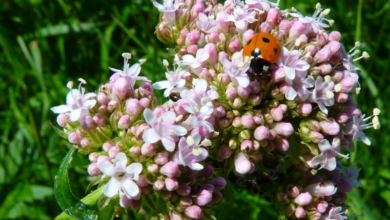
![Photo of Gardening Care: [Recommendations and Tricks]](https://www.complete-gardening.com/wp-content/uploads/2022/08/gardening-care-recommendations-and-tricks-390x220.jpg)
